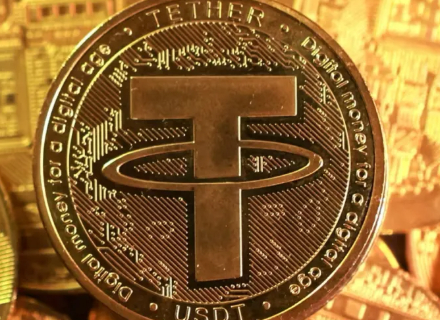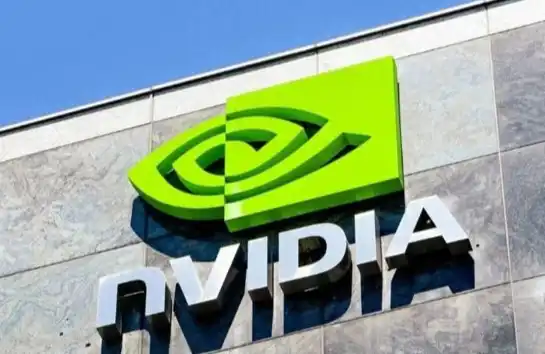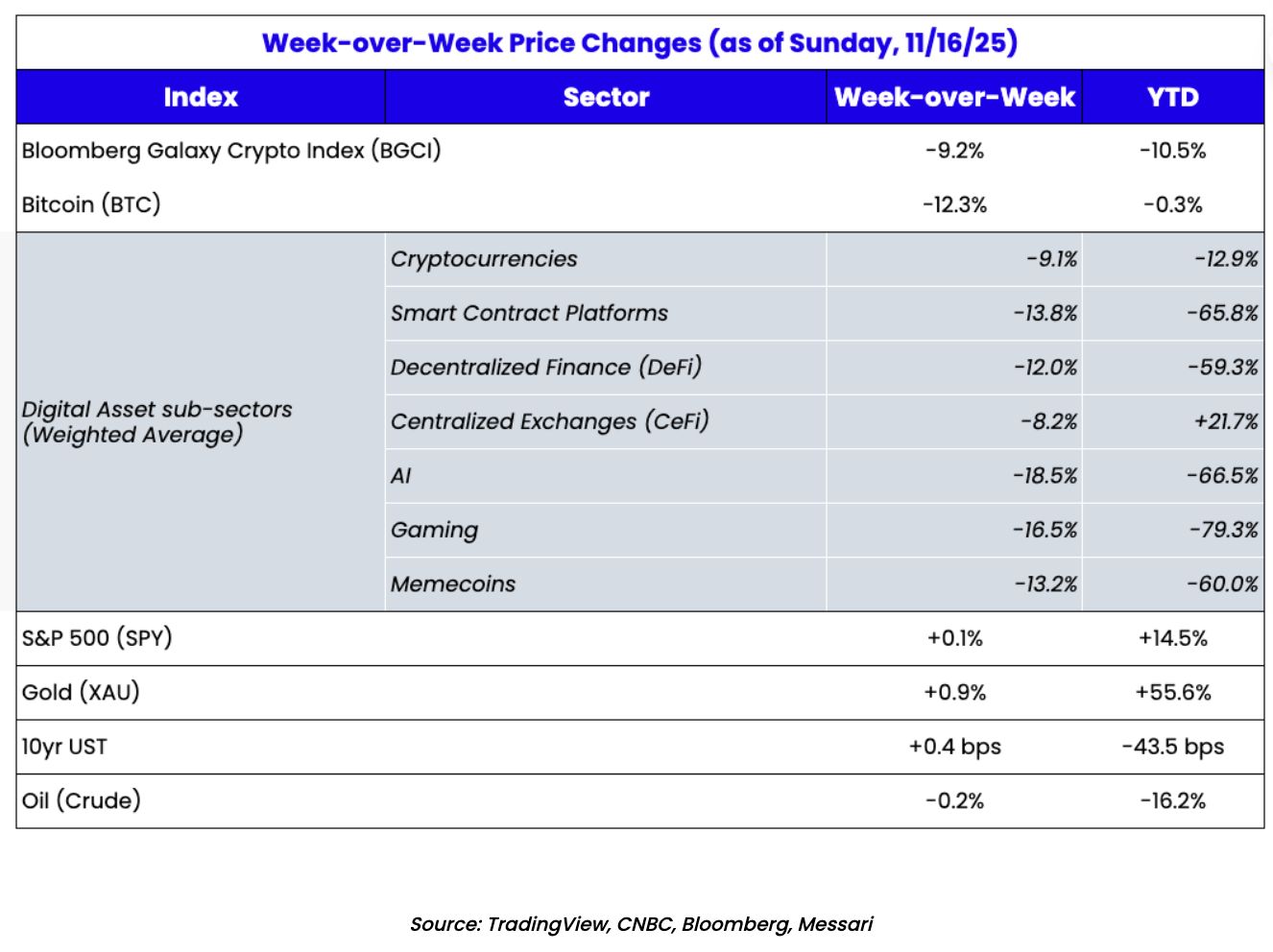Eight Altcoin ETFs Enter the Market: Attracting Only $700 Million, Failing to Stop Price Decline
Although ETFs for Solana and other altcoins are being accelerated onto Wall Street, their ability to attract capital is limited in a declining market environment, and coin prices are generally falling. In the short term, it will be difficult for ETFs to significantly boost market performance.
Original Title: "The Listing Status of Four Major Altcoin ETFs: A Total Inflow of $700 Million, Easy to Launch but Hard to Attract Capital"
Original Author: Nancy, PANews
With the US SEC opening a fast track for crypto ETFs and the regulatory environment becoming increasingly clear, more and more altcoins are trying to make their way onto Wall Street. Since last month, eight altcoin ETFs have been approved one after another, but in the context of an overall downturn in the crypto market, these products generally face limited capital inflows after listing, making it difficult to significantly boost coin prices in the short term.
Four Major Altcoins Land on Wall Street, Short-Term Capital Attraction Still Limited
Currently, four crypto projects—Solana, Ripple, Litecoin, and Hedera—have obtained their "entry tickets" to Wall Street. However, from the perspective of capital flows, overall attractiveness remains limited, and some ETFs have seen multiple days of zero inflow. These four types of ETFs have only achieved a cumulative net inflow of about $700 million. In addition, the prices of each token have generally declined after the ETFs were launched, though this is partly due to the overall correction in the crypto market.
• Solana
Currently, there are five US spot Solana ETFs on the market, issued by Bitwise, VanEck, Fidelity, Grayscale, and Canary, with related products from 21Shares and CoinShares also on the way.
According to SoSoValue statistics, the total cumulative net inflow for US spot Solana ETFs is about $420 million, with a total net asset value of $594 million. Among them, Bitwise's BSOL contributed the main trading volume, with cumulative inflows reaching $388 million over three consecutive weeks, but most of this came from an initial investment of nearly $230 million on the first day, after which inflows slowed significantly; Fidelity's FSOL had a net inflow of only $2.07 million on its listing day, November 18, with a total net asset value of $5.38 million; Grayscale's GSOL had a cumulative net inflow of about $28.45 million, with a total net asset value of $99.97 million; Canary's SOLC had no net inflow on its listing day, with a total net asset value of $820,000. Notably, all spot ETF issuers support staking functionality, which may provide some support for market demand.

According to CoinGecko data, since the first Solana spot ETF went live on October 28, the price of SOL has fallen by 31.34% to date.
• XRP
In terms of US spot XRP ETFs, the only listed product is XRPC launched by Canary, with related products from CoinShares, WisdomTree, Bitwise, and 21Shares still in preparation.
According to SoSoValue data, since its launch, XRPC has accumulated a net inflow of over $270 million. The first day's trading volume reached $59.22 million, but there was no net inflow; on the second day, net inflow was achieved through cash or in-kind subscriptions, totaling $243 million, with a trading volume of $26.72 million.
CoinGecko data shows that since the first Ripple spot ETF was listed on November 13, the price of XRP has fallen by about 12.71% to date.
• LTC
At the end of October this year, Canary Capital officially launched the first US ETF tracking Litecoin, LTCC. Related products from CoinShares and Grayscale are still in preparation and are expected to follow.
According to SoSoValue data, as of November 18, LTCC had a cumulative net inflow of about $7.26 million. Daily net inflows were generally only a few hundred thousand dollars, with multiple days of zero inflow.
CoinGecko data shows that since the first Litecoin spot ETF was listed on October 28, the price of LTC has fallen by about 7.4% to date.
• HBAR
The first US ETF tracking HBAR, HBR, was also launched by Canary Capital at the end of last month. SoSoValue data shows that as of November 18, HBR had a cumulative net inflow of about $74.71 million. Nearly 60% of the funds were concentrated in the first week, after which net inflows dropped significantly, with several consecutive days of zero inflow.
CoinGecko data shows that since the first Hedera spot ETF was listed on October 28, the price of HBAR has fallen by about 25.84% to date.
In addition to the above projects, spot ETFs for crypto assets such as DOGE, ADA, INJ, AVAX, BONK, and LINK are still in progress. Bloomberg analyst Eric Balchunas expects Grayscale's Dogecoin ETF to be launched on November 24.
The Expansion Cycle of Crypto ETFs Begins, but Listing Performance Still Faces Multiple Challenges
According to incomplete statistics from Bloomberg, there are currently 155 ETPs (Exchange Traded Products) applications in the crypto market, covering 35 digital assets including Bitcoin, Ethereum, Solana, XRP, and LTC, showing a beachhead-style growth. With the end of the US government shutdown, the approval process for these ETFs is expected to accelerate.
As the US regulatory environment gradually becomes clearer, it may drive a new round of expansion in crypto ETF applications. The US SEC has approved general listing standards for crypto ETFs and recently issued new guidelines allowing crypto ETF issuers to speed up the effectiveness of filing documents. At the same time, the US SEC has significantly removed the previously routine crypto-specific section from its latest fiscal year review focus document. This contrasts with the period under former chairman Gary Gensler, when cryptocurrencies were explicitly listed as a review focus, especially spot Bitcoin and Ethereum ETFs.
Moreover, the introduction of staking functionality is believed to stimulate institutional investor demand, attracting more issuers to join the ETF application queue. Research from Swiss crypto bank Sygnum shows that despite the recent sharp market correction, institutional investor confidence in crypto assets remains strong. Over 80% of institutions expressed interest in crypto ETFs beyond Bitcoin and Ethereum, with 70% saying they would start or increase investment if ETFs could provide staking yields. On the policy front, there are also positive signals for ETF staking. Recently, US Treasury Secretary Scott Bessent issued a new statement saying he would work with the IRS to update guidance to provide regulatory support for crypto ETPs with staking functionality. This move is seen as potentially accelerating the approval time for Ethereum staking ETPs, while also paving the way for multi-chain staking products on networks such as Solana, Avalanche, and Cosmos.
However, the current capital attraction of altcoin ETFs is insufficient, mainly affected by multiple factors such as market size, liquidity, volatility, and market sentiment.
On one hand, the market size and liquidity of altcoins are limited. According to CoinGecko data, as of November 18, Bitcoin's market share is close to 60%. Excluding ETH and stablecoins, the market share of other altcoins is only 19.88%. This results in poor liquidity for the underlying assets of altcoin ETFs. Compared to Bitcoin and Ethereum, altcoins are more susceptible to short-term narratives, have higher volatility, and are regarded as high-risk beta assets. According to Glassnode data, since the beginning of this year, the relative profit realization of altcoins has mostly fallen into deep capitulation zones, and there has been a significant divergence between Bitcoin and altcoins rarely seen in previous cycles. Therefore, altcoin ETFs find it difficult to attract large-scale investors, especially single-token ETFs. In the future, investors may be more inclined to adopt diversified, basket-style altcoin ETF strategies to reduce risk and enhance potential returns.

On the other hand, altcoins face risks of market manipulation and transparency. Many altcoins lack liquidity and are prone to price manipulation. The net asset value estimation of ETFs relies on the price of the underlying assets; if altcoin prices are manipulated, it will directly affect the value of the ETF, potentially triggering legal risks or regulatory investigations. In addition, some altcoins may be identified as unregistered securities. The US SEC is currently advancing a token classification plan to distinguish whether cryptocurrencies are securities.
Furthermore, uncertainty in the macroeconomic environment has also heightened investors' risk aversion. In an environment of generally low confidence, investors are more inclined to allocate to US stocks, gold, and other traditional assets. At the same time, altcoin ETFs lack the recognition and market acceptance of Bitcoin or Ethereum spot ETFs, especially lacking endorsement from large institutions such as BlackRock. The distribution networks, brand effects, and market trust brought by leading issuers are difficult to replicate, further weakening the attractiveness of altcoin ETFs in the current environment.
Disclaimer: The content of this article solely reflects the author's opinion and does not represent the platform in any capacity. This article is not intended to serve as a reference for making investment decisions.
You may also like
The Atlantic: How Will Cryptocurrency Trigger the Next Financial Crisis?
Bitcoin fell below $90,000, and the cryptocurrency market lost $1.2 trillions in six weeks. Stablecoins, criticized for disguising risks as safety, have been identified as potential triggers for a financial crisis, and the GENIUS Act could increase these risks. Summary generated by Mars AI. This summary was generated by the Mars AI model, and the accuracy and completeness of its content are still being iteratively updated.

Bitcoin Surrenders Early as Market Awaits Nvidia’s Earnings Report Tomorrow
Global risk assets have experienced a significant decline recently, with both the US stock market and the cryptocurrency market plunging simultaneously. This is mainly due to investor fears of an AI bubble and uncertainty surrounding the Federal Reserve's monetary policy. Concerns over the AI sector intensified ahead of Nvidia's earnings report, while uncertainty in macroeconomic data further increased market volatility. The correlation between Bitcoin and tech stocks has strengthened, leading to split market sentiment, with some investors choosing to wait and see or buy the dip. Summary generated by Mars AI. The accuracy and completeness of the content generated by the Mars AI model are still being iteratively improved.

Recent Market Analysis: Bitcoin Falls Below Key Support Level, Market on High Alert, Preparing for a No Rate Cut Scenario
Due to the uncertainty surrounding the Federal Reserve’s decision in December, it may be wiser to act cautiously and control positions rather than attempting to predict a short-term bottom.

If HYPE and PUMP were stocks, they would both be undervalued.
If these were stocks, their trading prices would be at least 10 times higher, if not more.

